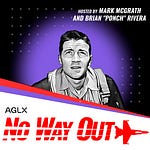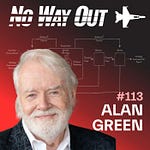John Boyd’s OODA Loop—Observe, Orient, Decide, Act—is widely recognized as a decision-making framework, but its true depth and complexity are often misunderstood. In a recent podcast discussion hosted by Ponch and Mark, with guest Chet Richards—a close collaborator of Boyd—the trio unpacked the "real" OODA Loop as presented in Boyd’s final work, The Essence of Winning and Losing (1995-1996). A key focus was the evolution of the "Orientation" component, particularly the shift from Boyd’s 1987 definition to its final form, revealing the loop’s sophistication beyond the oversimplified "bad Boyd" interpretations.
The OODA Loop: More Than a Linear Process
Boyd’s OODA Loop is often reduced to a four-step cycle, a linear sequence useful in predictable, clear or ordered domains (Cynefin) where cause and effect are straightforward. However, as Ponch emphasized, this "bad OODA" oversimplification fails in complex, dynamic environments involving thinking opponents—precisely the scenarios Boyd designed it for. The real OODA Loop, illustrated in a single sketch in The Essence of Winning and Losing, is a nonlinear, adaptive system integrating information and energy as currencies that flow through an organism or organization.
Listen to this episode with a 7-day free trial
Subscribe to The Whirl of ReOrientation: Escape the Script. Win the War. to listen to this post and get 7 days of free access to the full post archives.












